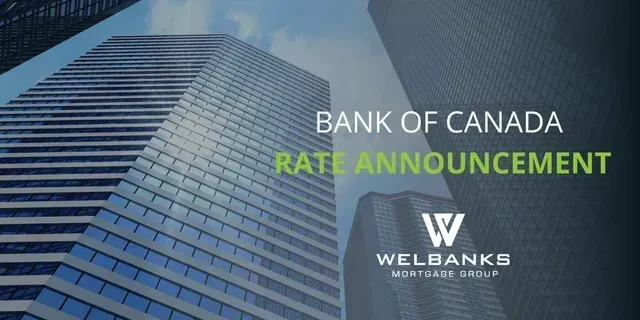Collateral vs. Standard Mortgage: Pros and Cons Explained
Mortgage Registration 101:
What You Need to Know About Standard vs. Collateral Charges
When you’re setting up a mortgage, it’s easy to focus on the rate and monthly payment—but what about how your mortgage is registered?
Most borrowers don’t realize this, but there are two common ways your lender can register your mortgage: as a standard charge or a collateral charge. And that choice can affect your flexibility, future borrowing power, and even your ability to switch lenders.
Let’s break down what each option means—without the legal jargon.
What Is a Standard Charge Mortgage?
Think of this as the “traditional” mortgage.
With a standard charge, your lender registers exactly what you’ve borrowed on the property title. Nothing more. Nothing hidden. Just the principal amount of your mortgage.
Here’s why that matters:
- When your mortgage term is up, you can usually switch to another lender easily—often without legal fees, as long as your terms stay the same.
- If you want to borrow more money down the line (for example, for renovations or debt consolidation), you’ll need to requalify and break your current mortgage, which can come with penalties and legal costs.
It’s straightforward, transparent, and offers more freedom to shop around at renewal time.
What Is a Collateral Charge Mortgage?
This is a more flexible—but also more complex—type of mortgage registration.
Instead of registering just the amount you borrow, a collateral charge mortgage registers for a higher amount, often up to 100%–125% of your home’s value. Why? To allow you to borrow additional funds in the future without redoing your mortgage.
Here’s the upside:
- If your home’s value goes up or you need access to funds, a collateral charge mortgage may let you re-borrow more easily (if you qualify).
- It can bundle other credit products—like a line of credit or personal loan—into one master agreement.
But there are trade-offs:
- You can’t switch lenders at renewal without hiring a lawyer and paying legal fees to discharge the mortgage.
- It may limit your ability to get a second mortgage with another lender because the original lender is registered for a higher amount than you actually owe.
Which One Should You Choose?
The answer depends on what matters more to you: flexibility in future borrowing, or freedom to shop around for better rates at renewal.
Why Talk to a Mortgage Broker?
This kind of decision shouldn’t be made by default—or by what a single lender offers.
An independent mortgage professional can help you:
- Understand how your mortgage is registered (most people never ask!)
- Compare lenders that offer both options
- Make sure your mortgage aligns with your future goals—not just today’s needs
We look at your full financial picture and explain the fine print so you can move forward with confidence—not surprises.
Have questions? Let’s talk. Whether you’re renewing, refinancing, or buying for the first time, I’m here to help you make smart, informed choices about your mortgage. No pressure—just answers.




